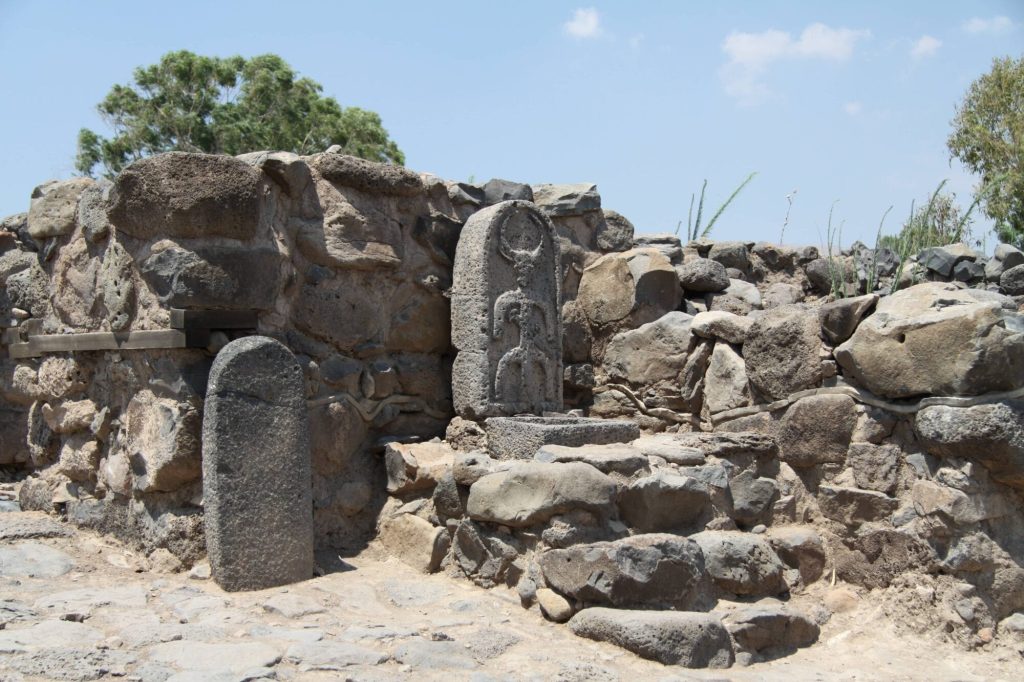The ancient village of Bethsaida, also known as Julias; is believed by Christians to be the birthplace of the Apostles Peter, Andrew, and Philip. Bethsaida, along with Capernaum and Jerusalem; is frequently mentioned in the Gospels of the New Testament and is known as the place where Jesus performed some of his most memorable miracles. It was here that Jesus restored a blind man’s sight and fed the masses with just five loaves and two fish.

Bethsaida: History and Archeology
The ancient fishing village of Bethsaida is a mound spanning 20 acres on a basaltic spur north of the Sea of Galilee; near the point where the Jordan River flows into the Sea of Galilee. There has been some speculation as to the exact location of the village; however, excavations conducted in the area since 1987 have confirmed the location of the village.
The historical site is home to many ancient remains from various periods throughout history.
The Biblical Period
Bethsaida was established in the 10th century BCE and fell under the Aramaean Kingdom of Geshur; which ruled for several generations. When the daughter of the King of Geshur – Maacha; married King David from the Davidic dynasty; it was their son Absalom who would later find refuge in the Land of Geshur.
Archeological excavations at the site have revealed several impressive fortifications and structures; leading historians to believe that Bethsaida was once the capital city of the Kingdom of Geshur.
In later years, the Assyrian king Tiglath Pileser III conquered and destroyed the Aramean city of Bethsaida during his campaign in the region in 734 BCE; leaving the city only sparsely inhabited until the Hellenistic period; the site was only sparsely inhabited.
The Hellenistic Roman Periods
During the Hellenistic Roman Periods; the ruler of the northern part of the country; King Herod Philip, changed the name of Bethsaida at the beginning of the 1st century CE to Julias, after Julia Livia; the wife of the Roman Emperor Augustus. Several buildings were uncovered during excavations; as well as many fishing tools, ceramic wine amphorae, and vine pruning hooks.
Excavations at the site are still underway; however, the site is open to visitors and attracts tourists from all over the world.
The Galilee is one of the most evocative locales in the New Testament and the best way to explore this incredible site is on a guided tour with me!

